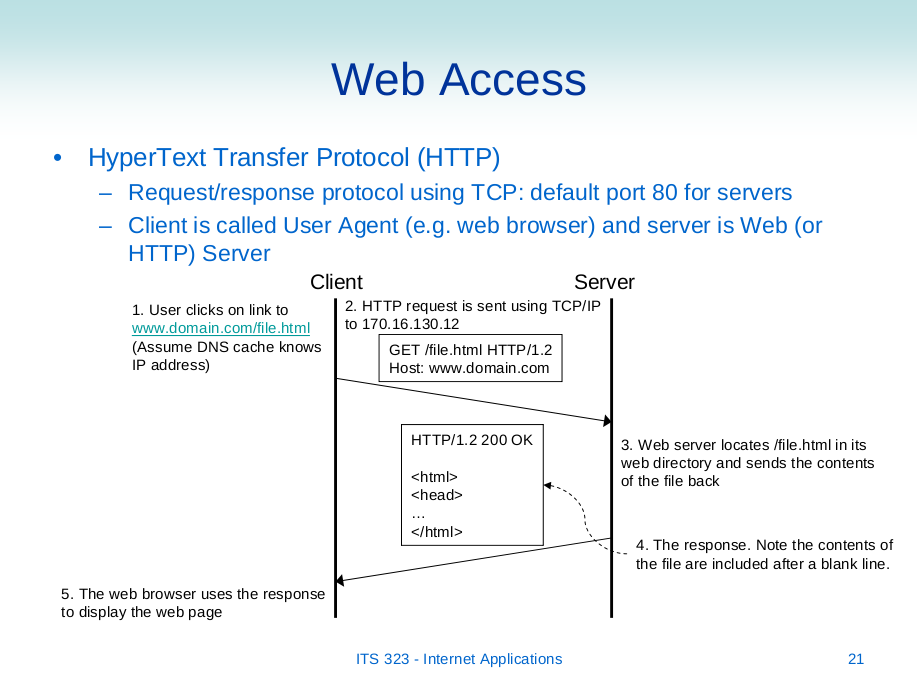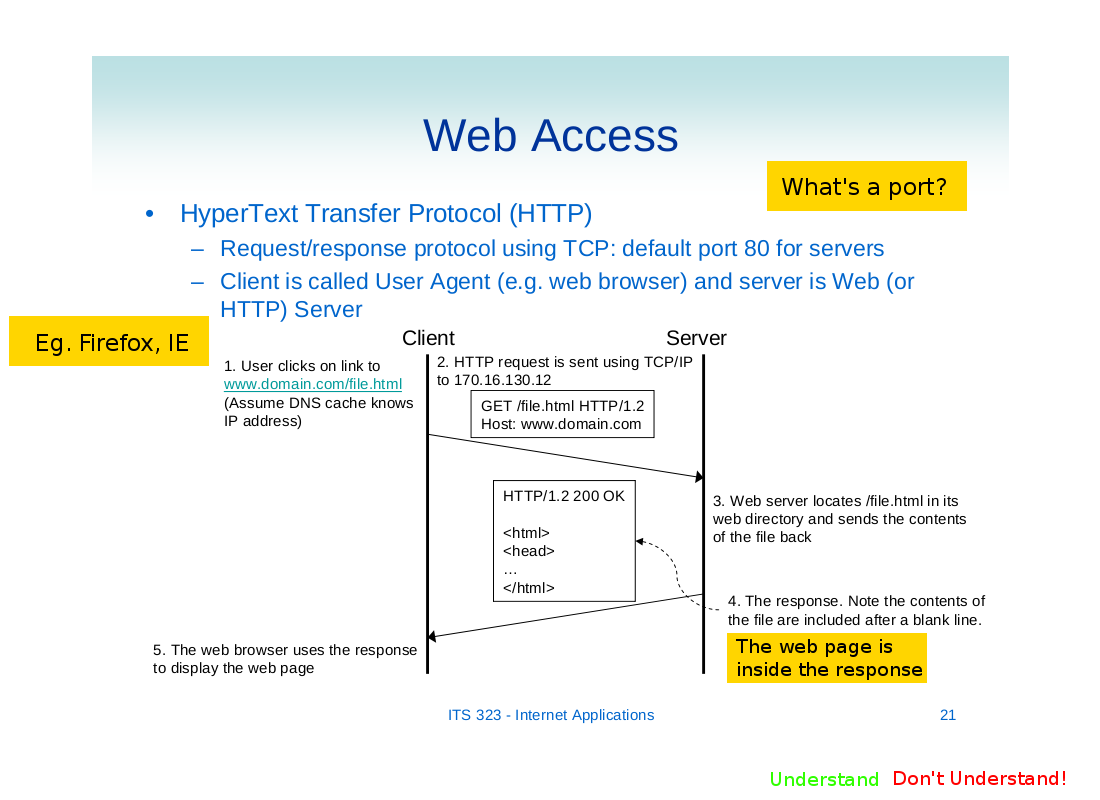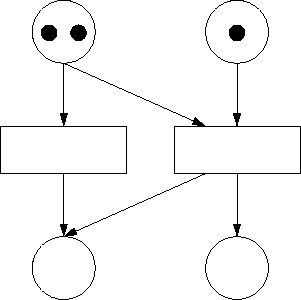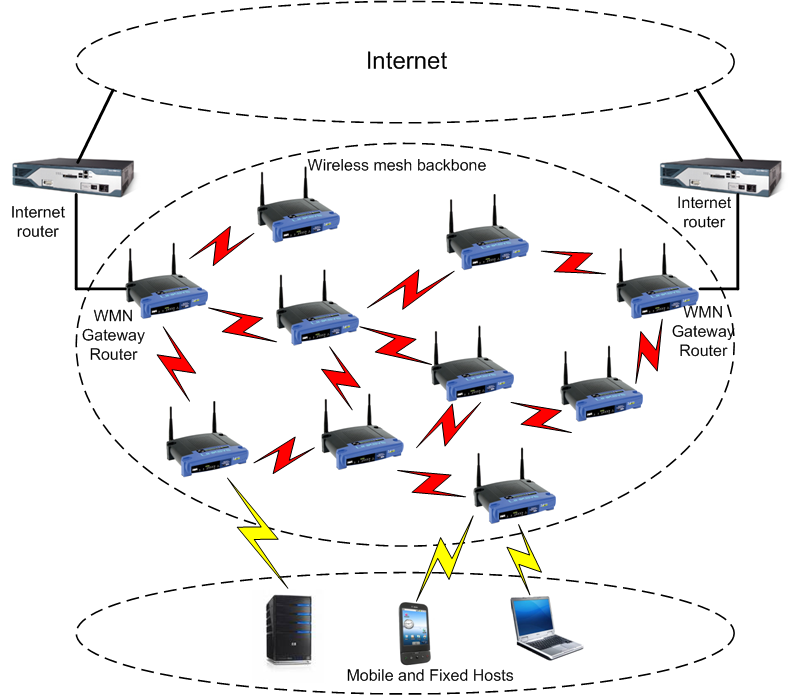Many educational institutions encourage students to use computers (e.g. laptops, mobile devices) during class to support their learning. One common use is for the students to view the lecture slides/notes on their own computer, instead of having a print out of slides. However, without good software, it is difficult to annotate the slides during the lecture. This project requires you to develop a system that allows annotation of slides during a lecture, as well as sharing of those annotations within the class.

Assume slides for a lecture are made available on a website so that during the actual lecture, students can view the slides via their laptop or mobile device. For example, they may be viewed as an interactive slide show. You must develop this website so that students can easily add annotations during the lecture. There are various factors you need to consider such as:
- What interface is appropriate for adding annotations during the lecture? (needs to be quick and easy)
- How can students update/edit their annotations outside of class?
- Is a lightweight interface needed, say for mobile devices? E.g. even if the slide cannot be view on a mobile phone, the student may still be able to add an annotation.

The website will maintain annotations from all students, and therefore can allow students (and lecturer) to see/edit annotations of other students. Hence you will need to consider:
- How to control the privacy of annotations? E.g. specifying who can view your annotations
- How to control editing of your and other peoples annotations?
- Can the lecturer delete annotations?
- Can a new annotation be broadcast to all students immediately?
Finally, you may add extra features to the website that support in-class learning and feedback. Some ideas include:
- Simple voting interface on each slide. E.g. Understand or Don't Understand. Students click on the appropriate button and that information is recorded by the website for feedback to the lecturer (either after the lecture or in real-time).
- Anonymous questions. A student types in a question, and the lecturer is alerted.
- Links and attachments. Allow students/lecturer to add additional links or documents for further information on a specific part of a lecture.
Technologies: SVG | HTML5 | SMIL

